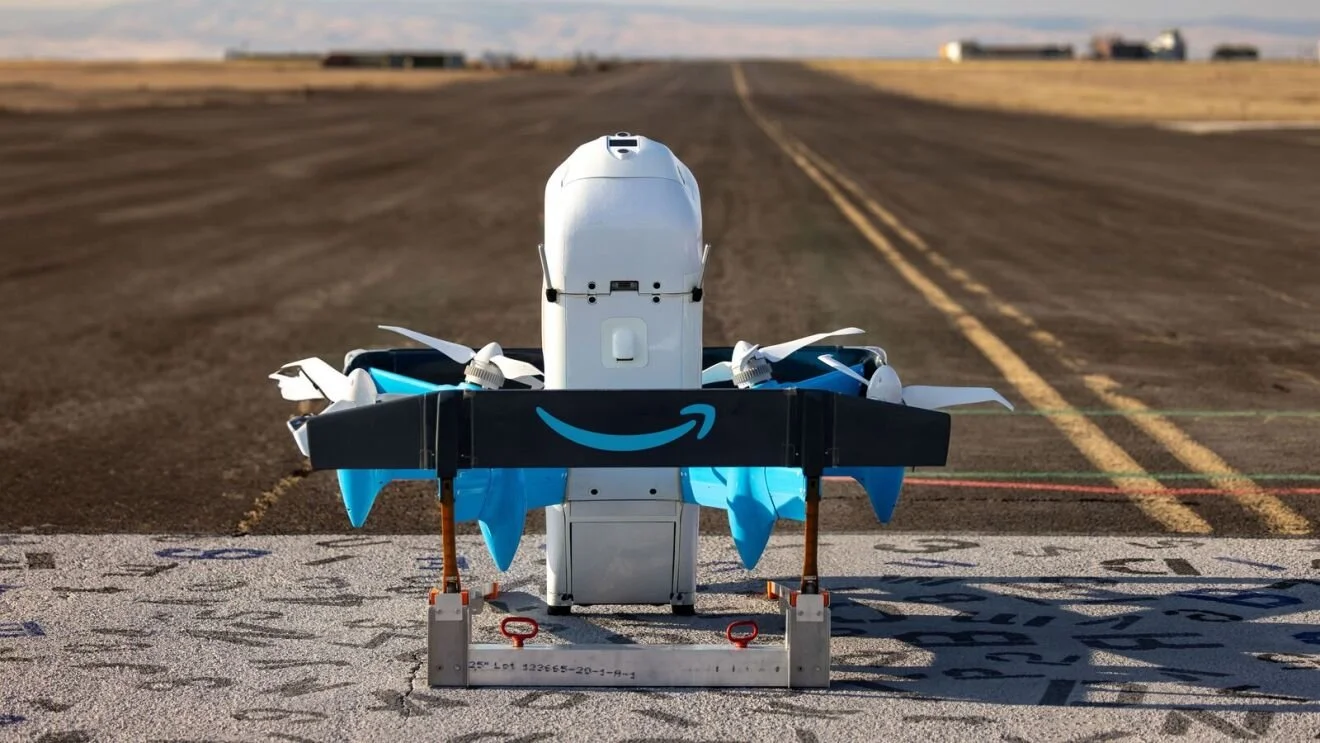AI May Be the Key to Preventing Drone-Airplane Collisions as Near Misses Surge in U.S. Skies
Image Credit: Jacky Lee
In recent months, several close calls between drones and commercial airliners have raised alarms about aviation safety. In November, a commercial airliner approaching San Francisco International Airport encountered a drone just 300 feet from its cockpit, too close for pilots to take evasive action. In October, a jetliner near Miami International Airport at 4,000 feet reported a drone in close proximity. In August, a drone came within 50 feet of a passenger jet’s wing during takeoff from Newark International Airport. These incidents, classified as “near midair collisions”, underscore the growing risk drones pose to air travel. According to an Associated Press analysis of NASA’s Aviation Safety Reporting System, drones accounted for nearly two-thirds of reported near midair collisions at the nation’s 30 busiest airports last year, the highest proportion since 2020.
[Read More: How AI is Revolutionizing Sub-100-Gram Drones Under Japan's Strict Drone Laws]
The Growing Drone Threat
The popularity of drones has surged, with the Federal Aviation Administration (FAA) estimating over one million drones in use across the United States for recreational and commercial purposes. This boom has heightened the risk of collisions, particularly near airports where drones and airplanes frequently share airspace. Since 2014, when drone-related near misses were first reported, 51% of the 240 near midair collisions logged involved drones, according to the AP’s analysis. The voluntary nature of NASA’s database suggests the actual number of incidents may be higher, with the FAA separately reporting at least 160 drone sightings near airports last month alone.
[Read More: Germany's Helsing Urges NATO to Build AI-Integrated 'Drone Wall' on Eastern Flank]
FAA’s Response and Limitations
The FAA has implemented measures to curb drone-related risks, including banning drones from flying near airports without authorization and requiring registration for drones over 0.55 pounds. These drones must also carry radio transponders to broadcast their position and identify their owners. However, enforcement remains challenging, and many recreational users are unaware of these rules. The FAA is testing detection systems, such as radio signal jamming or high-powered microwaves, to neutralize unauthorized drones. Despite these efforts, experts argue more robust action is needed to penalize violators and prevent reckless drone use.
Geofencing and Industry Shifts
One proposed solution is “geofencing”, a technology that uses GPS to prevent drones from entering restricted areas like airports. DJI, a leading drone manufacturer, previously employed mandatory geofencing but discontinued it in January, citing the administrative burden of processing over one million requests annually to disable the feature for authorized users. DJI replaced geofencing with alerts notifying pilots when they approach restricted zones. With no government mandate for geofencing and other manufacturers not adopting it, the industry lacks a unified standard, increasing the risk of unauthorized drone flights near airports.
[Read More: Global Surge in Small Drones Empowers Militants Amid Weak Regulations]
Accountability and Recent Cases
Recent incidents highlight the need for stronger accountability. In December, Boston police arrested two men for flying a drone dangerously close to Logan International Airport, using the drone’s FAA-mandated transponder to track them. In January, a drone collided with a firefighting plane in Southern California, damaging its wing and grounding it for days. The drone’s operator, who admitted to flying in a restricted area, pleaded guilty to reckless operation. These cases demonstrate the potential for legal consequences but also the need for systemic solutions to prevent such incidents and deter future violations.
[Read More: AI Can Handle 100 Drones at a Time!]
AI’s Role in Addressing the Drone Threat
Artificial intelligence is poised to play a critical role in mitigating the risks posed by drones. AI-powered systems can enhance drone detection by processing data from radar, transponders, and other sources to predict flight paths and alert air traffic controllers to potential conflicts. Automated tracking systems could identify and log violations in real time, enabling swift enforcement and providing evidence for prosecutions. AI-driven geofencing could create adaptive restrictions that dynamically adjust to airspace rules while allowing authorized access, reducing reliance on manual oversight. By integrating AI with transponder data, authorities could develop systems akin to roadway speed cameras, automatically issuing citations to violators. These technologies offer scalable solutions to ensure safer integration of drones into crowded airspace, preventing catastrophic collisions and enhancing aviation safety.
The Path Forward
The increasing frequency of drone-related near misses demands innovative solutions. AI can detect drone IDs and owner locations in real time by analyzing radio transponder signals, mapping them to local government geofencing systems to monitor compliance. When a drone enters a restricted zone without authorization, AI-driven systems could send warning signals to the operator, demanding immediate exit. If the operator fails to comply, authorities could deploy signal interference to force the drone to land safely, minimizing risks to air traffic. For older drones without transponders, high-resolution satellite imaging, such as from Maxar’s WorldView-4 with 30-centimeter resolution, can detect larger drones but struggles to identify specific details due to challenges like cloud cover. Experts urge new legislation to mandate that all older drones be equipped with radio transponders within a 1-2 year compliance period and require all new drones to have embedded or externally connected transponders to operate legally. As the FAA and industry stakeholders explore countermeasures like jamming systems, faster adoption of AI-driven detection and enforcement is critical to keep pace with drone proliferation, ensuring safer skies for all.
Source: AP News












